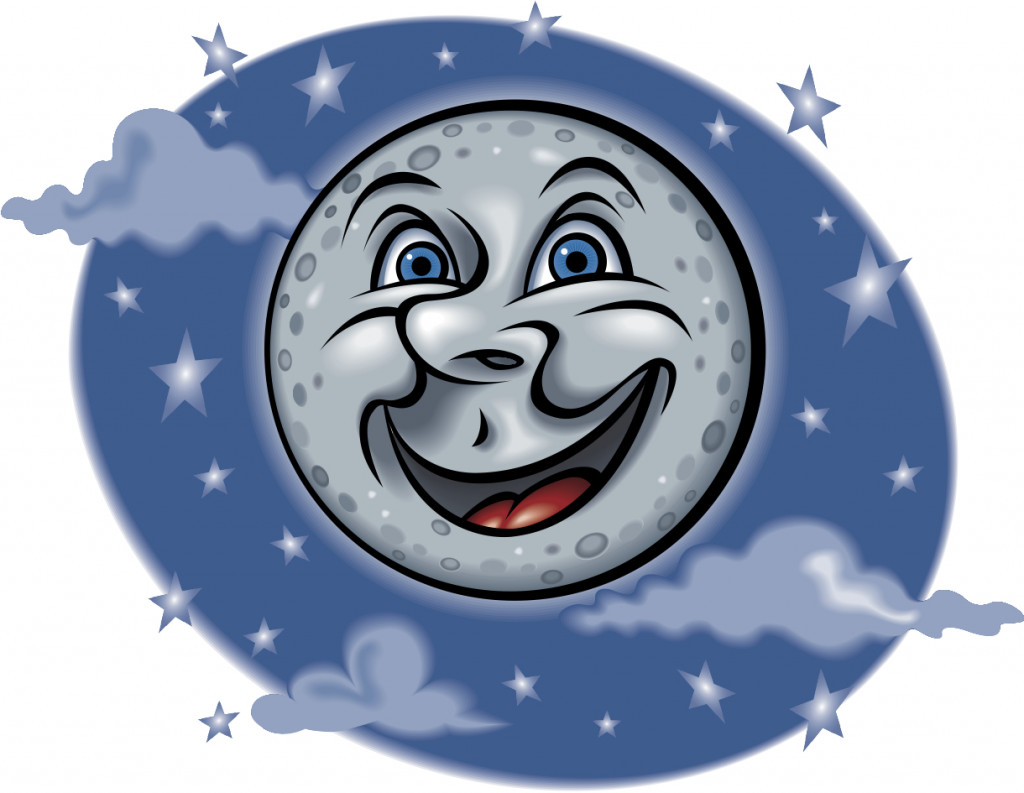Your Night Sky for Aug. 12, 2020

Our Moon and Venus
The Perseid meteor shower peaked yesterday morning, but there's still time to view them. Since the new moon is on the 18th, the sky will be quite dark for the next week. So you'll have plenty of time to view them in the evening and early morning. There's always the possibility of clouds and rain which we so desperately need, but hopefully we'll have clear night skies.
On the 15th the thin moon and bright Venus will be close together in the early morning. They're actually bright enough that you should be able to see them even when the morning sky begins to get light. The moon will be 4 degrees north of Venus. Look for them in the east. Of course they aren't close together in space, just in our current viewing.
Venus is currently at its greatest western elongation, which means that it's farthest from the Sun. This makes it at its brightest when it's this far from the Sun. So although its disc is only 25 percent illuminated, it's bright and wonderful to look at. I saw it this morning when I got up at 5:45. The sky was getting light, but Venus was amazingly bright like Jupiter has been. It's in the east almost halfway up. So when you get up in the early morning to look for the Perseids, look for Venus too.
The Milky Way is now visible in the dark evening sky beginning in the south and ending in the NNE. The constellation Sagittarius sits in front of the Milky Way low in the south. I'm sure you've seen bright Jupiter and Saturn shining in the south. Below Jupiter you will find the Sagittarius constellation since Jupiter currently sits at the side of the Milky Way. When you look for it in the South, the Milky Way will be just to the right of Jupiter.
The Cassiopeia constellation is on the NE side of the Milky Way and is a W lying on its side and pointing to our right. The Andromeda galaxy is currently in the NE to the right of the Milky Way, and Cassiopeia points to it. Andromeda is big enough that we can see it with unaided vision, but you might try to find it with binoculars first, and then look at it with your naked eyes.
On the other side of the Andromeda galaxy is the constellation the Great Square of Pegasus. It looks like a big square that sparkles over the east about 9 p.m. in August and September. So when you find this square, just look to its left. The Andromeda galaxy will be between it and Cassiopeia.
Pegasus is one of the largest constellations in our sky. It's the winged horse with the square marking its body. Then there's a head and front legs upside down, that are on its other side away from the Milky Way. Its large square body is easy to find, but it will look more like it's tipped over a little. So have fun finding the Andromeda galaxy.



